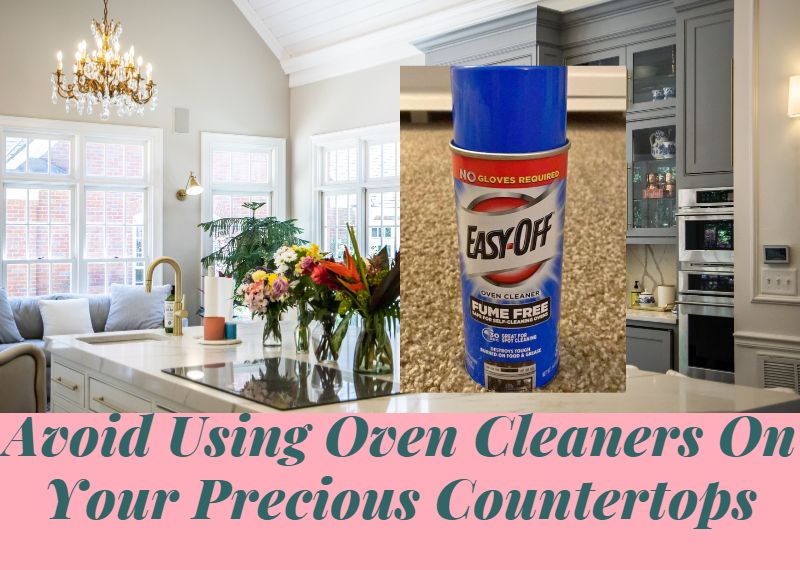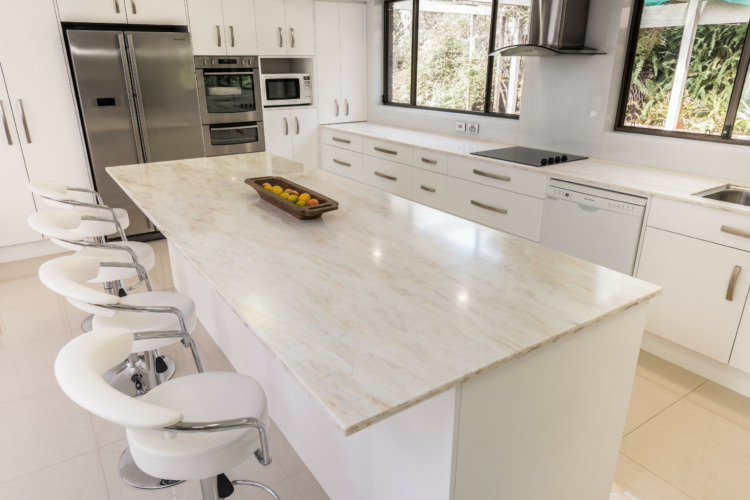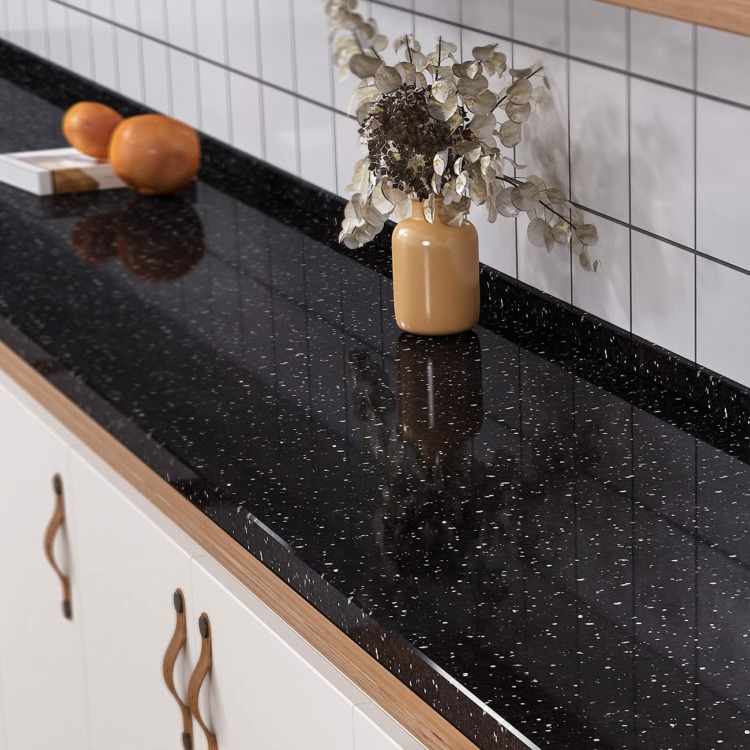If you have granite countertops in your kitchen, this article is for you! They’re a beautiful addition to any kitchen, but there are some things that you should pay attention to when it comes time to caulk them up.
When you’re capping your countertops with sealant, the key to a good job is the quality of the sealant you choose. Not just any old caulk will do for your granite. You don’t want caulk that is too runny or too thick, or it won’t adhere to the surface of your counter.
The best caulking product for your granite countertops is a high-quality silicone sealant. It needs to be a thick, wide-set sealant that will give you a thick bead of adhesion. It won’t run into the tight crevices between your counter and your backsplash.
Just as important is the ability to hold up under heat. You don’t want your countertop looking like it’s been glued on the wall. You also don’t want it accidentally coming off when you scrape your knife across the plate.
There are a few sealants that are better for granite, though. They’re a bit more expensive, but the results are worth it.
Best Caulk Products
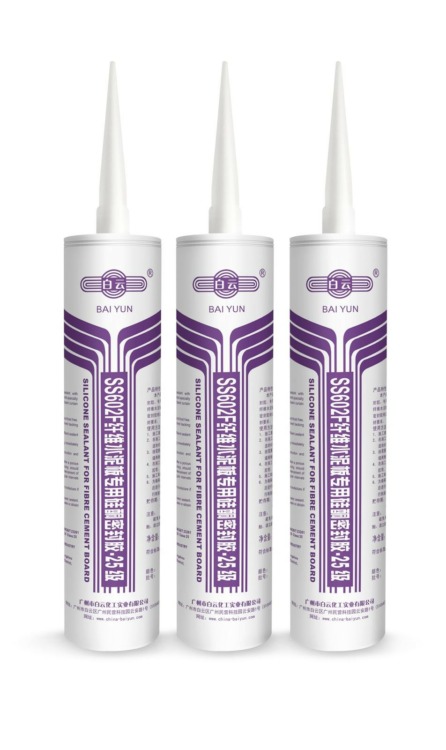
The best caulk for your granite countertops is 100% silicone caulk. There are many sealants on the market that claim to be a great choice for granite. Unfortunately, these sealants are able to hold up to heat and water, but not to humidity well.
ASTM C920 silicone sealant is the best silicone caulk for granite countertops. It’s a sealant that is made of a special formula — it doesn’t waste any time in spreading out or drying. You won’t have a lot of time to work with it after you apply it, so make sure to grab your caulking gun the minute you start using it.
You can find some on Amazon:
Removing the Old Caulk
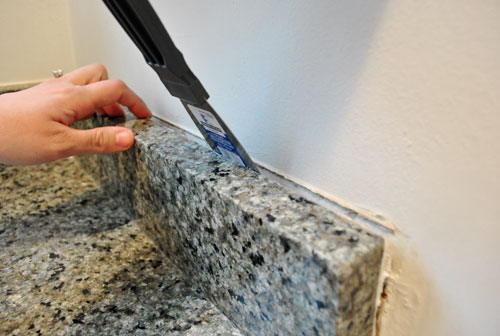
Removing the old caulk from your granite countertops is an important step in caulking them. Too often, people think that the end result of their caulk job will be uniform. This is not true. The caulk that is on your granite countertops will have a large number of air pockets.
You might not even be able to see the spaces between lines of caulking, but they’re there — they must be removed before you can put fresh caulk on.
The best way to get rid of your old caulk is to sand and buff the surface of your granite countertops before you start all over. You want a nice, smooth surface that the new caulk will adhere to.
You can buy sandpaper to do this, or you can get a pneumatic sander. If you’re going to use the pneumatic sander, make sure that you pick one with a high-quality metal backing plate. When you get the sandpaper, make sure that it is flexible enough to get into small crevices without breaking.
Filling Seams
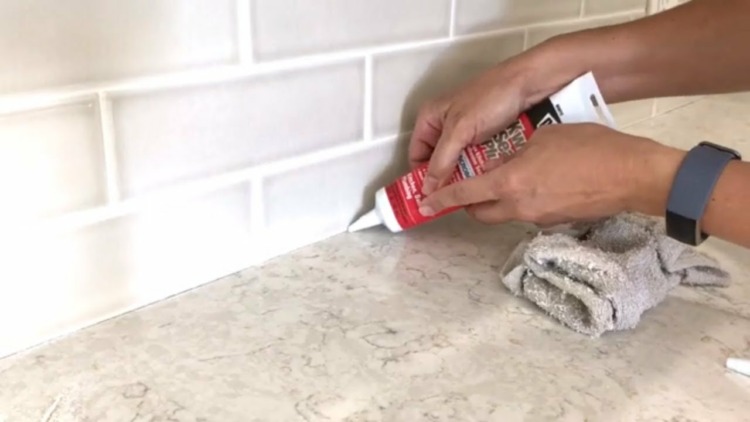
As mentioned, there will be a lot of seams between your granite countertops. These are places where your new caulk will not adhere as well. The best way to fix this is to apply a latex-based filler before you caulk the granite.
First, you’ll want to sand the surface of your granite countertops with high-grit sandpaper. This will give the filler something to adhere to. Get the filler on your finger and apply it lightly in the seams between your countertops and backsplash.
You only need a thin layer of filler. Wait about an hour before you start caulking.
When you’re ready to caulk, use just a touch of silicone sealant. It’s better to use more sealant than is required. You can always apply a bit more if you need to.
Use a bristle brush to get the caulk into the small spaces between your countertops and your backsplash, where it will not be seen. Change the caulk often for best results.
Caulking Tips
Don’t try to clean up all the caulk that you can’t see. Doing so will remove sealant from some of your countertops that will likely need it.
Use a quality caulking gun for this job. High-quality guns run smoother, which means that you will have less clean-up time.
This sealant is made to last. It will be the best bet for getting your granite countertops sealed up in no time.
Finishing
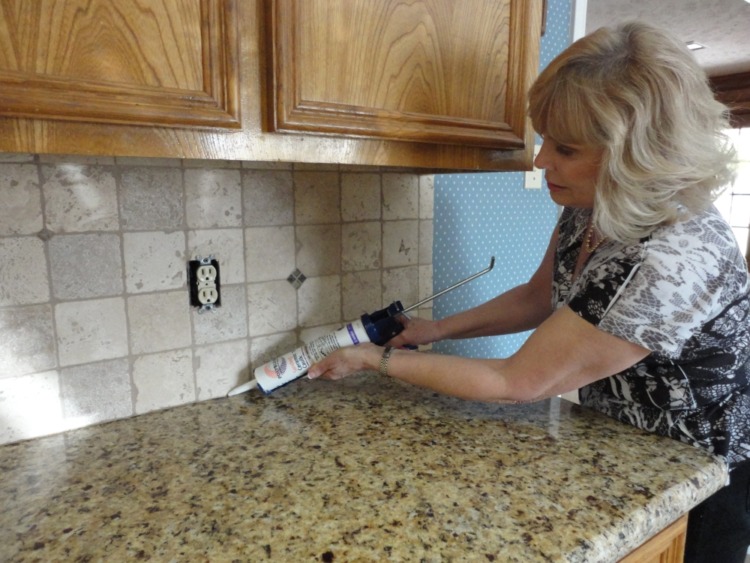
After caulk, make sure that you sand the granite countertops and backsplash again. You want a smooth surface that will not only seal your countertops up but will make them look even better. Make sure that you put a durable finish on your granite countertops.
Choose a mineral finish: if you want the look of granite, that’s the way to go. If you’re looking for something with a little more pizzazz, choose an oil-based finish. There are plenty of finishes you can choose from.



